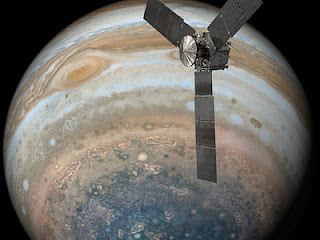Molecule
Molecule
is an electrically neutral group of two or more atoms held together by chemical bonds. Molecules are distinguished from ions by their lack of electrical charge.
The difference between the number of electrons and protons in an atom determines how strong the charge is, and what that atom can bond with. Atoms with a positive charge will be attracted to negatively charged atoms to form a molecule. This bonding between atoms is the key to how molecules interact with each other.
Oxygen is a non-metal element and is found naturally as a molecule. Each molecule is made up of two oxygen atoms that are strongly joined together.
In 1995 biologists smashed records by cloning the DNA for the largest protein molecule known. The aptly named titin weighs in at a molecular weight of 3 million and consists of a continuous chain of 27,000 amino acids, making it 20 to 50 times larger than the average-size protein.
In summary, for a typical human of 70 kg, there are almost 7*1027 atoms (that's a 7 followed by 27 zeros!) Another way of saying this is "seven billion billion billion." Of this, almost 2/3 is hydrogen, 1/4 is oxygen, and about 1/10 is carbon. These three atoms add up to 99% of the total
A diamond is one giant molecule of carbon atoms. Diamonds are colourless and transparent .
Since an atom has a finite number of protons and neutrons, it will generally emit particles until it gets to a point where its half-life is so long, it is effectively stable.
It undergoes something known as “alpha decay,” and it's half-life is over a billion times longer than the current estimated age of the universe.
Carbon Copy
Every day, our bodies take in new atoms from the air we breathe, the food we eat, and the liquids we drink. These atoms are incorporated into our cells and fuel the chemical processes that keep us alive. But our cells are constantly being regenerated.




Comments
Post a Comment